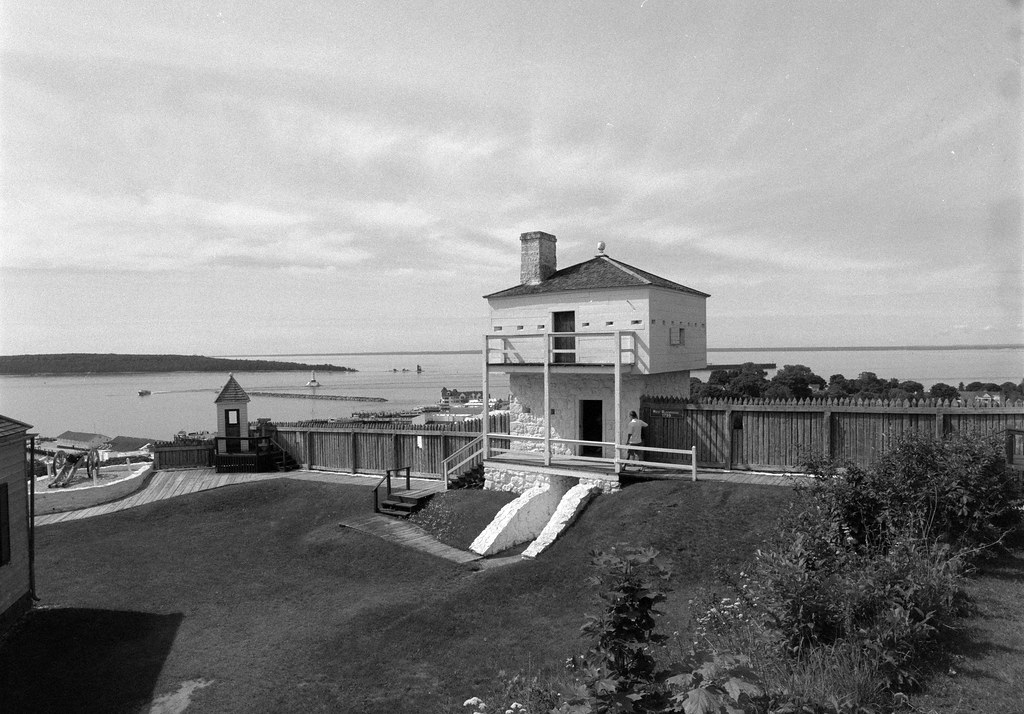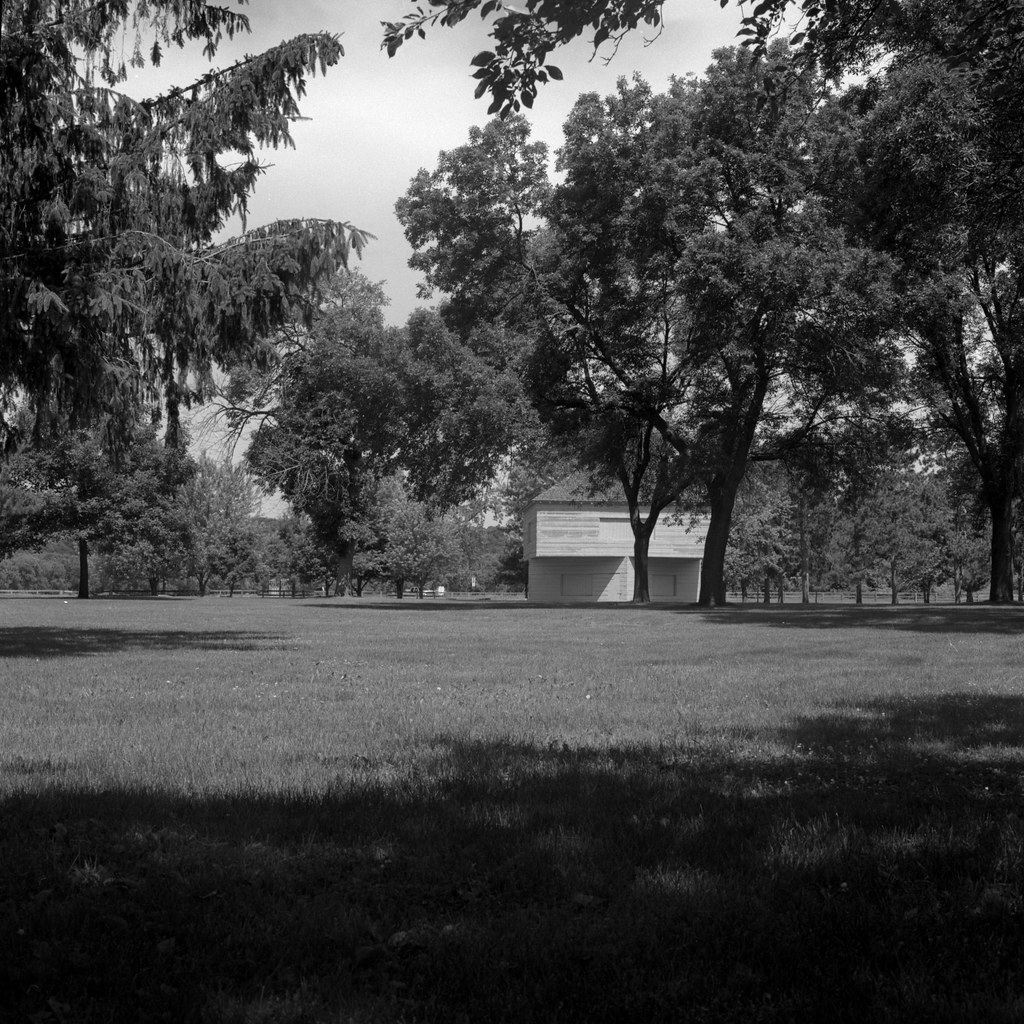Fur Trader, Loyalist, Indian Agent, and Officer. William McKay was born in the Mohawk Valley of New York State in 1772. The son of former Non-Commissioned Officer Donald McKay. His father had seen service during the French-Indian War and fought during the assault on Quebec City. Remaining loyal to the crown the family moved to Upper Canada’s St. Lawerence Valley during the American Revolution settling in what would become Glengarry County in Ontario. William and his older brother, Alexander, joined the North West Company in 1790. McKay would begin to trade throughout the northwest of British North America spending much of his time in the Mississippi River Valley. Serving the company for over ten years, he retired to Montreal in 1807 as one of their more prominent partners. In Montreal, he was admitted to the illustrious Beaver Club and married Eliza Davidson in 1808. They would go on to have two sons, with only one surviving infancy.

Modified Anniversary Speed Graphic – Fuji Fujinon-W 1:5.6/125 – Kodak Tri-X Pan (320TXP) – Kodak Xtol (1+1) 8:30 @ 20C
Despite his retirement, McKay answered the call, when the United States declared war on Britain and moved to invade the Canadas in 1812. McKay’s knowledge of the northwest terrain and peoples made him invaluable to Major General Sir Isaac Brock. McKay along with Robert Dickson became agents for the general and ferried messages from the Niagara Region and the colonial capital at York to the northern post at Fort St. Joseph near Sault Ste. Marie, Ontario. These early actions allowed the garrison to capture Mackinac Island at the beginning of the war. McKay would see his first combat in November 1812 at LaColle Mill. He was promoted to Captain and assigned to the 5th Select Embodied Militia of Lower Canada and dedicated himself to maintain the supply lines to the northwest specifically the British-allied Native tribes living there. His efforts saw him gain popularity among the natives and the fur traders living there. McKay would go on to command the Michigan Fencibles, a small provincial force raised from volunteers among the citizens of Mackinac Island.

Mamiya m645 – Mamiya-Sekor C 35mm 1:3.5 N – Kodak Plus-X @ ASA-125 – Blazinal (1+25) 6:00 @ 20C
In the summer of 1814, the Americans under the direction of Governor William Clark established a garrison at the small fur trading post of Praire du Chien. McKay, who had remained popular among the troops, local population, and native warriors, was giving a local promotion to Lieutenant-Colonel and assigned the task of taking the small community to maintain British control of the northwest fur trade. With an irregular force of 650 militia and native warriors, McKay forced the surrender of Fort Shelby taking it as his own in July of 1814 the post was renamed Fort McKay in his honour.

Hasselblad 500c – Carl Zeiss Planar 80mm 1:2.8 – Ilford FP4+ @ ASA-100 – Photographer’s Formulary Developer 23 (stock) 6:00 @ 20C
McKay would be promoted the position of assistant superintendent for the Northwest in the British Indian Department (BID) and had the unfortunate task following the end of the War of counselling the local tribes that had remained allied to the British that they should seek friendly relation with the American government. McKay would continue to work out of the British outpost on Drumond Island as the regional superintendent for the BID from 1820 to 1828 and oversaw the creation of the reserve system in the region to provide land for the native tribes in the Northwest who wished to remain allies or rather wards of the British Crown. He would move back to Montreal in 1828 and take up the superintendent role for that region in the BID until his death in 1832. Today history barely remembers the efforts of William McKay, his efforts overshadowed by the more significant, more public battles of the conflict. His efforts are none-the-less just as crucial in maintaining British control over the Northwest.
Written with Files from:
Berton, Pierre. Flames across the Border, 1813-1814. Markham, Ont.: Penguin, 1988. Print.
Web: www.biographi.ca/en/bio/mckay_william_6E.html